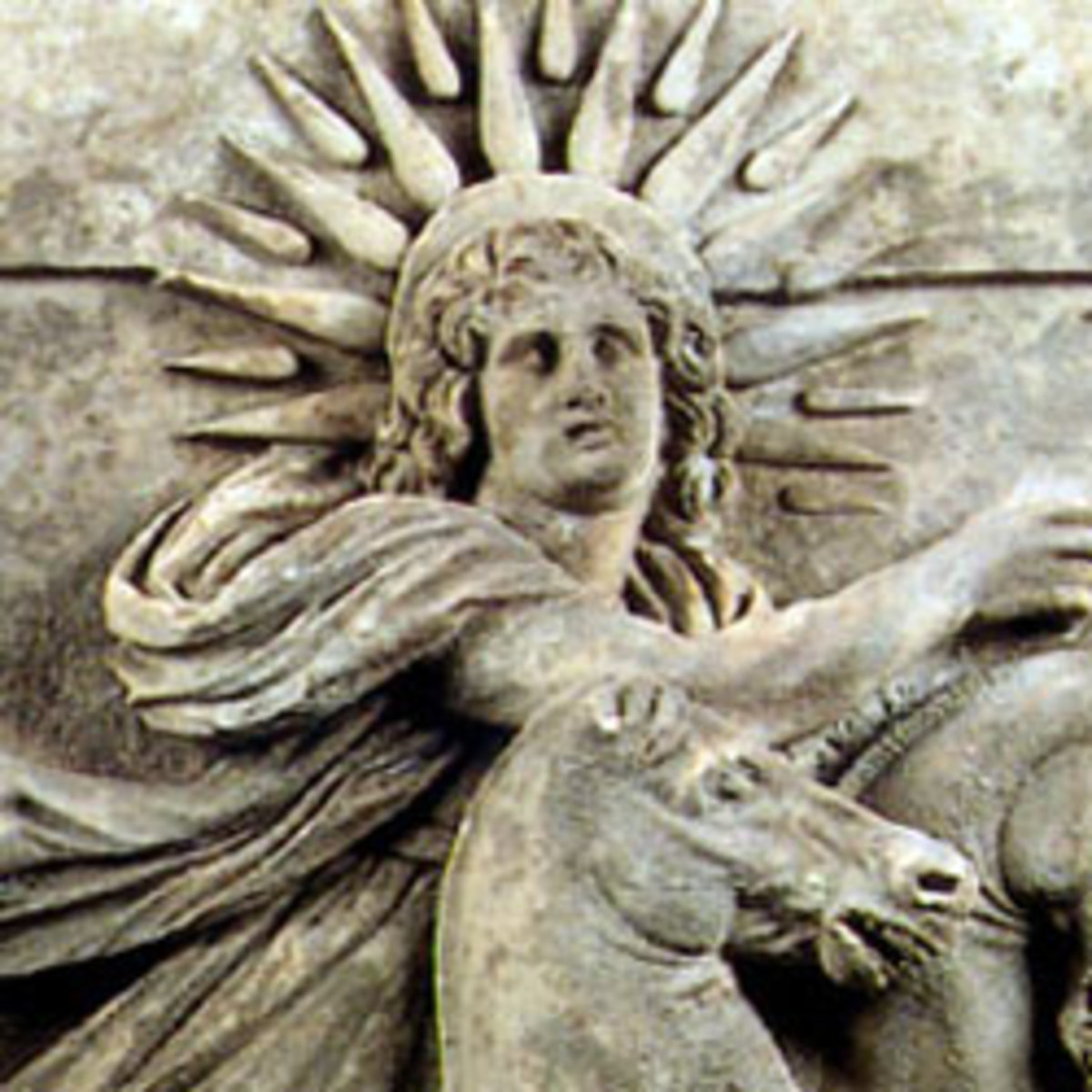Located at Group 18 and Period of the Periodic Table is an inert noble gas that are used in air blimps. This is Helium.
| Pierre Jansen |
First discovered by Pierre Jansen in 1868 and first isolated by William Ramsay in 1895.
Helium was long believed to be existing only in the Sun. However, the first proved presence of Helium proved that Helium not only exist in the sun, Helium also exist on Earth too.
The first discovery made that proved Helium's existence is made by Pierre Jansen while he was observing the solar eclipse in India. To be precise, it is Madras, India. He saw a color spectrum while observing the sun. However, the color spectrum is not identical to any of the discovered element. So, they named the new element Helium.
 |
| Mountain Vesuvius Erupts |
Today, Helium is isolated by the natural radioactive decay of heavy radioactive elements (thorium and uranium, although there are other examples), as the alpha particles emitted by such decays consist of helium-4 nuclei.
Although helium is nontoxic and inert, it can act as a simple asphyxiant by displacing the oxygen in air to levels below that required to support life. Inhalation of helium in excessive amounts can cause dizziness, nausea, vomiting, loss of consciousness and death.
So, try not to eat Helium, okay?
Element name : Helium
Element Latin name : Helium
Electrons per Shell : [ 2 ]
Discoverer : Pierre Janssen ( 1868 )
Isolator : William Ramsay ( 1895 )
Isolator : William Ramsay ( 1895 )
Element's : Atomic Mass : 4.003 u
: Density : 0.1786 g/cm3
: Density : 0.1786 g/cm3
: Type : noble gas
Chemical Properties :
Chemical Properties :
- Noble Gas
- Doesn't react ( Inert )
- Very stable
- 9 isotopes : 3 of them are : Helium - 3 : Protons : 2 : Neutrons : 1 : Electrons : 2 ( Half Life : Stable ) Helium - 4 : Protons : 2 : Neutrons : 2 : Electrons : 2 ( Half Life : Stable ) Helium - 5 : Protons : 2 : Neutrons : 3 : Electrons : 2 ( Half Life : 7.6 quitillion years )
 |
| Helium - 4 |
Physical properties :
- Tasteless
- Odorless
- Colorless
- Melting Point : - 272.2 degrees Celsius ( 458 Fahrenheit )
- Boiling Point : - 268.9 degrees Celsius ( 452.1 Fahrenheit )
Fun fact :
- Helium has the lowest melting and boiling point of all the elements
- Helium is also the first element to be discovered outside of Earth.
- Experiences ' Superfluidity', meaning element that experience no viscosity at all. ( GIF below ).
- Even though helium is relatively rare on Earth, it is the second most abundant element Pierre Janssen and the Discovery of Helium. When watching the total eclipse on August 18, 1868 in Madras, British India, French astronomer Pierre Janssen discovered the new chemical element Helium. Janssen also is credited with discovering the gaseous nature of the solar chromosphere.
 |
| Top : Low Viscosity Bottom : High Viscosity |
How Helium got its name?
Helium got its name from the old sun god Helios ( not Apollo ), since Helium is first founded on the sun.
 |
| Helios |
Uses
Helium gas is used to inflate blimps, scientific balloons, since Helium was inert. Helium has once caused serious disasters known as the Hindenburg Disaster. This disaster was caused by the explosion of Hydrogen when the air blimp exploded. Hydrogen continues to explode as Hydrogen is contacted with oxygen, which causes combustion. ( See combustion triangle below ).
 |
| Combustion Triangle |
Besides, Helium is also used as an inert shield for arc welding. The element inside to pressurize the fuel tanks of liquid fueled rockets and in supersonic wind tunnels also contain Helium, to prevent explosions.
THIS IS THE END OF HELIUM
To go to homepage, click this link :
To go to Chemistry Element Page, click this link :
Thanks for visiting.
If there is any improvements needed, feel free to comment at the comment section below.
Thank you.
If there is any improvements needed, feel free to comment at the comment section below.
Thank you.

